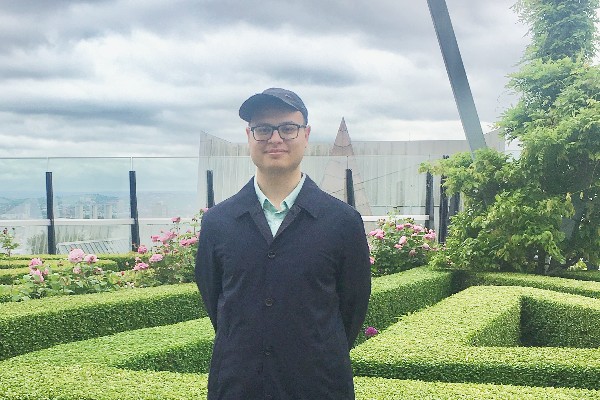In this blog, we’ll look at what actually happens in the Physics teaching labs at Queen Mary.
We’ll also see how experiments help us learn about the Universe in fun, exciting ways, and through innovative techniques, equipment and analysis.
There’s no substitute for labs
There is nothing that truly resembles or replaces being in labs and doing experiments, and I believe this was highlighted by the pandemic. For most modules and subjects, a suitable compromise was found so that learning continued as smoothly as possible remotely; however, this was not possible to the same extent with lab work as experiments tend to require specific and often expensive equipment which is not common for people to have at home. That is not to say that there aren’t simulations of truly high standards, it’s just that they do not provide the same learning experience as carrying out in-person experiments.
How we do our experiments
At Queen Mary the teaching lab academics, demonstrators and equipment are all exceptional. For each experiment we do, there is a script prepared and it is made easily accessible on QM+ (the university’s online learning environment). These often have some background information as well as useful prompts for students and intuitive guidance as to how to carry out experiments. We also get warnings on how not to damage the equipment.
Practically, part of doing experiments involves some trial and error or just testing things out to see what happens. This makes experiments fun and unpredictable. Students in QM labs are encouraged to try out their theories by using a ‘hands-on’ approach when they are unsure about experimental proceedings; nevertheless, demonstrators will give hints to help them get on the right track.
Working with lasers
A cool experiment we did includes the Helium-Neon (He-Ne) laser. This experiment involves tweaking with mirror knobs until a red laser beam appears on a white screen. There is a pilot laser on one end of a rail and the He-Ne tube at the other end with a mirror on either side. The pilot laser fixes the axis where the laser from the tube will appear. By focusing the reflected laser from the pilot so that the mirrors reflect a beam on top of the main pilot laser beam, the red beam from the He-Ne tube will surface. There’s a feeling of accomplishment when it first happens that I think is not exceeded by anything else. I distinctly remember having to blow on a bulb to see if this affected the measured intensity measured by a photodiode some distance away. It is something that I never thought I would be doing in a lab and I think it reflects just how truly joyful it can be to actually do Physics experiments.
If students are really stuck at any point, academics are happy to explain parts of the theory relating to how and why some things work the way they do. I often find this completely fascinating.
Software used in the Physics labs
A software package, Origin, is often used to plot quantitative data obtained by carrying out measurements. Students are advised to get plots as they go along so that they can verify that their data follows their predictions and if it does not, we need to identify the reason behind this. Perhaps measurements were not carried out in the intended way and they need to be retaken. Doing things this way is far easier then as it is more time-efficient to do when the setup is already in place.
New arrivals all the time
In addition to all the above, new gadgets and ‘toys’ are always arriving at the QM Physics labs. Oh, I mean expensive pieces of scientific equipment. Our lecturers recently confirmed that a recent addition will be used to make semiconductors and that they are working on details to make students be able to operate these machines.
Overall, this is an exciting time to get working and ‘playing’ with the equipment in the Physics labs at QM. It is definitely a unique experience that will help shape the future of many wonderful Physicists and their research.
